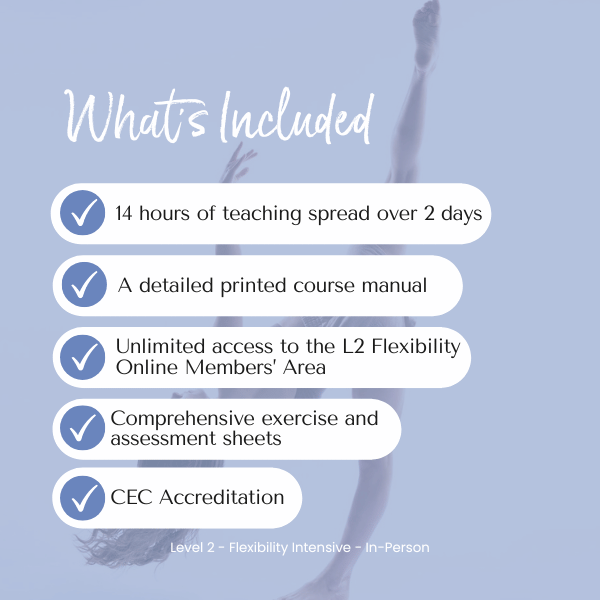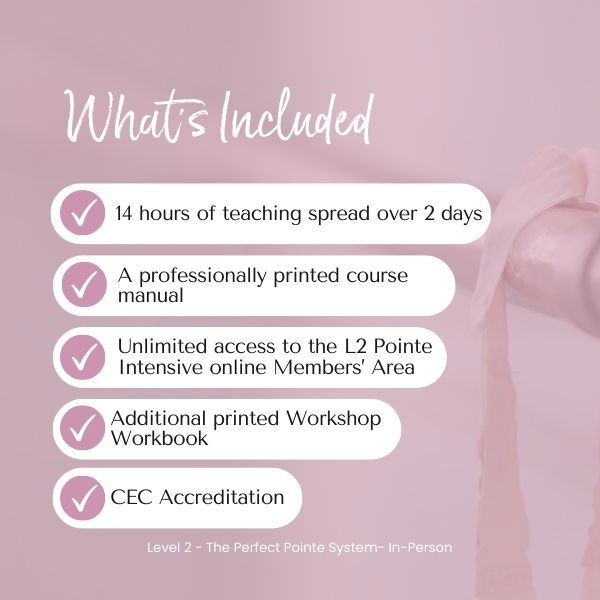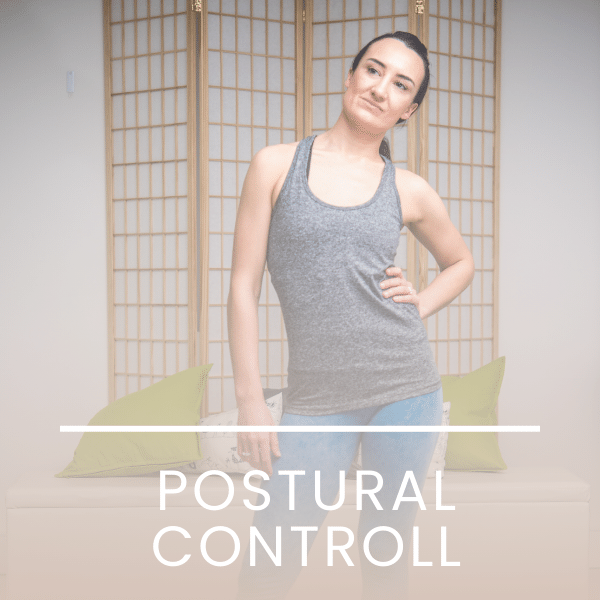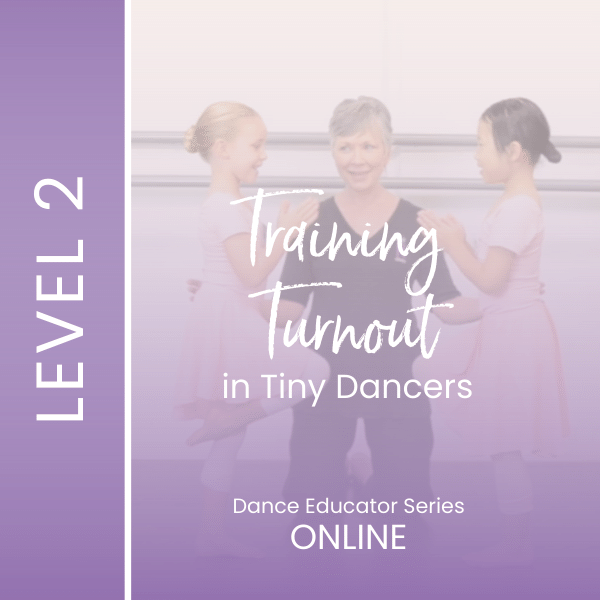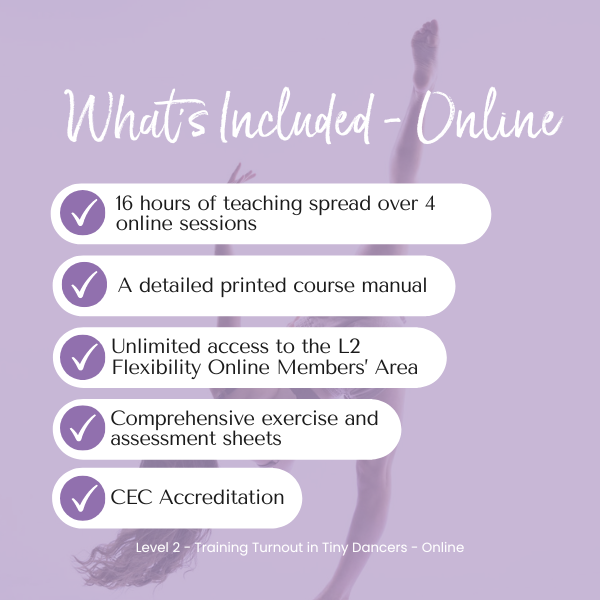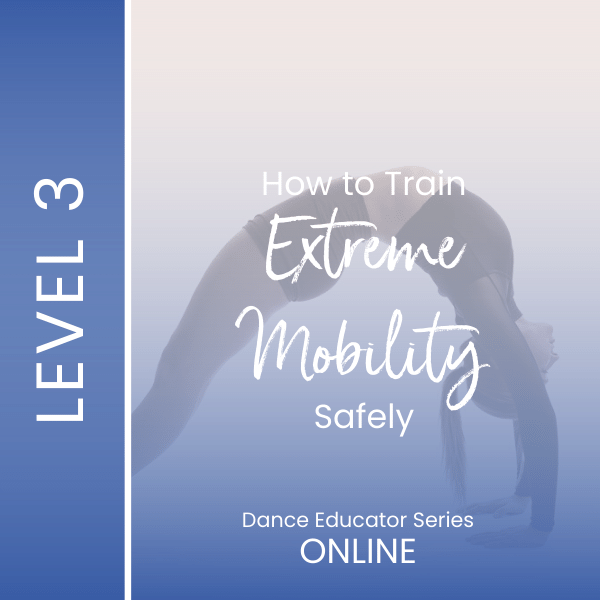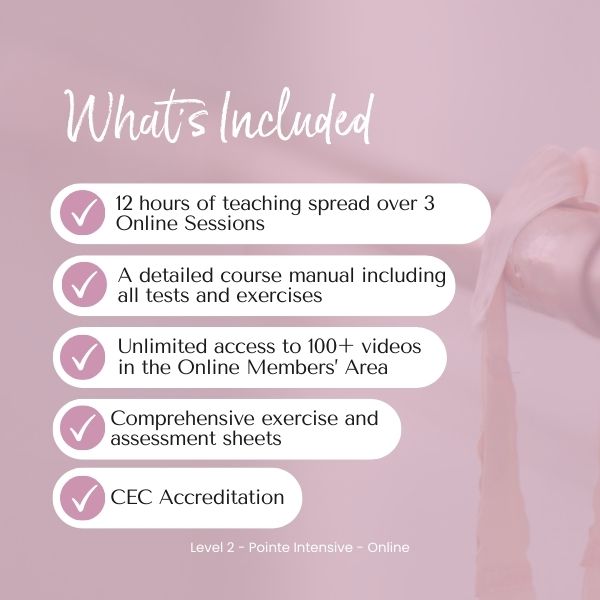- Free Articles
- Shop
- Workshops
- The Dance Educator Series
- L1 – The Fundamentals
- L2 – Pointe Intensive
- L2 – Flexibility Intensive
- L2 – Training Turnout in Tiny Dancers
- L3 – Foot & Ankle Injuries in Dancers – NEW
- L3 – Hip Injuries in Dancers
- L3 – How to Train Extreme Mobility Safely
- Upcoming Workshops
- Workshop FAQ’s
- Workshop Testimonials
- Host Application Form
- Dance Teacher & Health Professional Directory
- Members Areas
- Cart
- My Account
Level 3
Foot & Ankle Injuries in Dancers
For Dance Teachers and Health Professionals
About This Course:
This course is perfect for Heath Practitioners who work with dancers, as well as high level dance teachers who are familiar with The Perfect Pointe System, and our Level One Fundamentals course. It offers an in-depth exploration of the dancers foot, as well as the influences of dynamic hip stability and functional core control on foot dynamics.
Understanding how deviations from normal function lead to many injuries that are common in dancers will give you the tools needed to help avoid many preventable injuries in your dancers, including:
-
Lateral ankle sprains
-
Plantar fascia pain
-
Sever's disease
-
Stress fractures
-
Bunions
-
“Shin splits”
-
Tendinopathies
-
Posterior ankle pain
You will finish the course armed with the tools to effectively assess and manage the individual experiencing these symptoms, and be able to develop a customised program, rather than following recipes for injury management.
If this sounds like the course for you, click below to find out upcoming dates and locations of this unique workshop.
Content Covered:
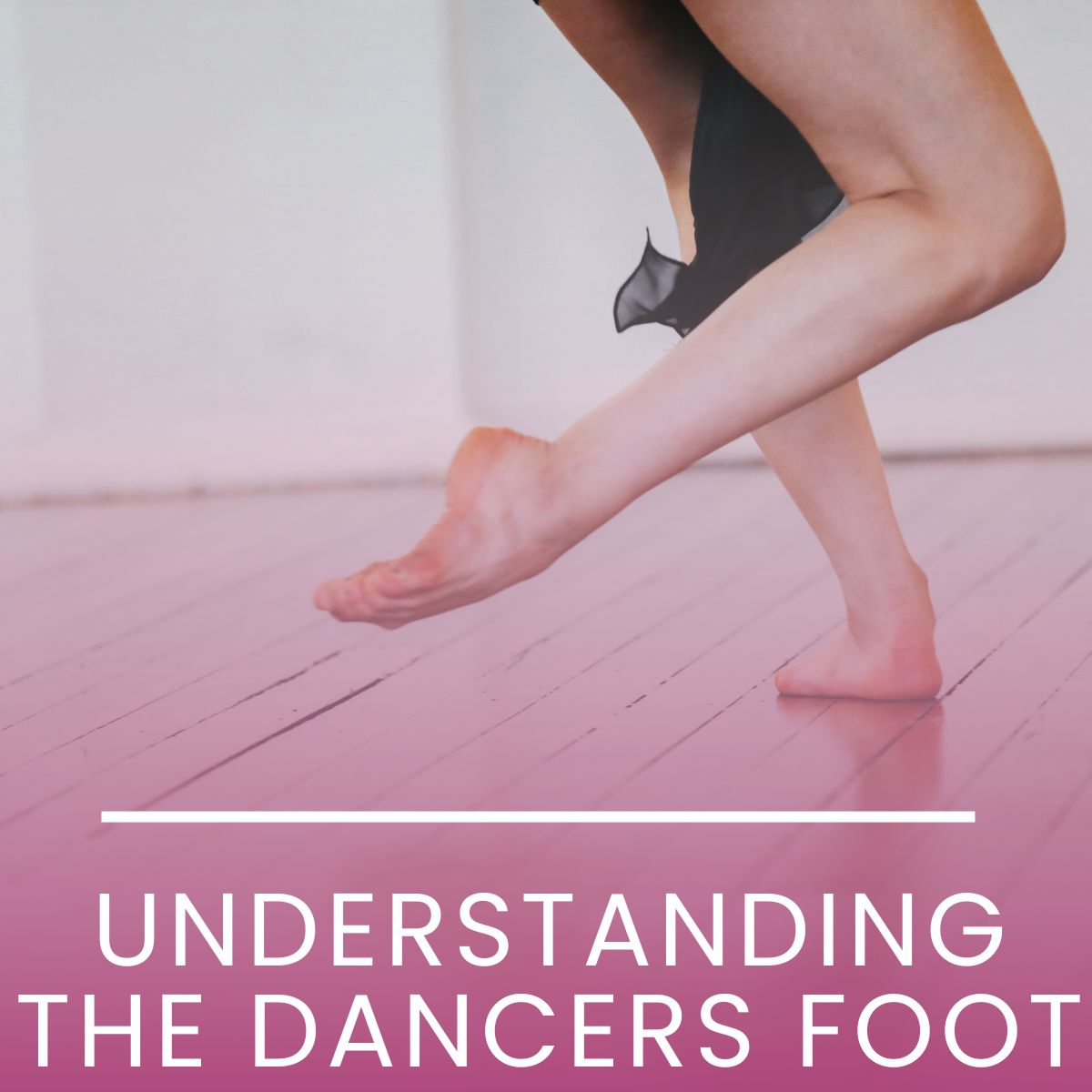
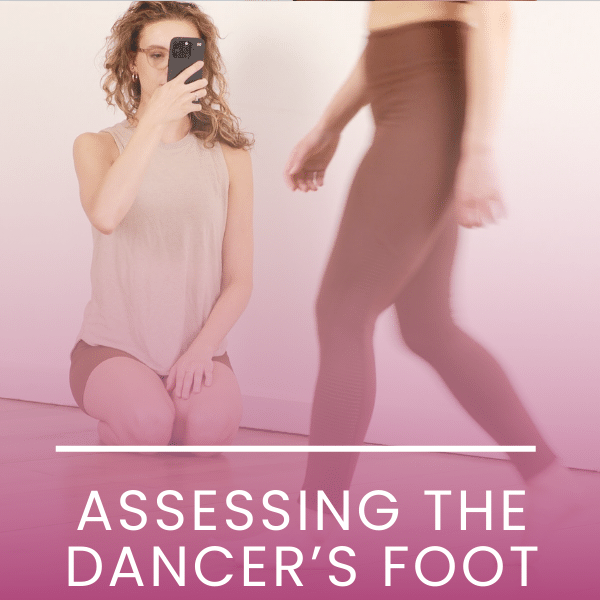
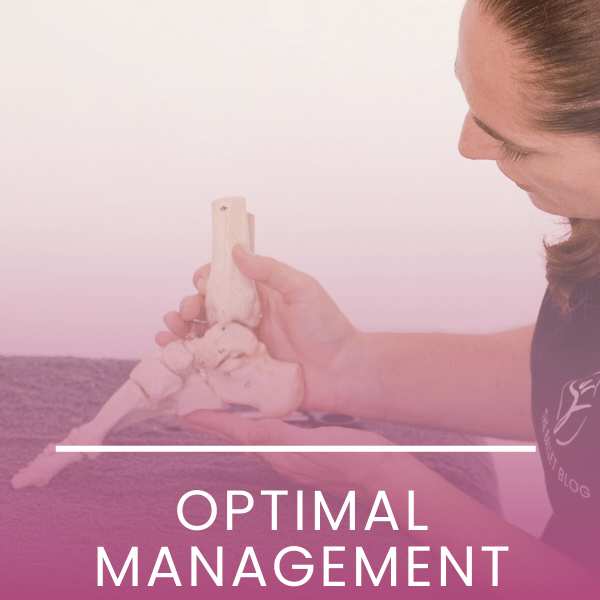
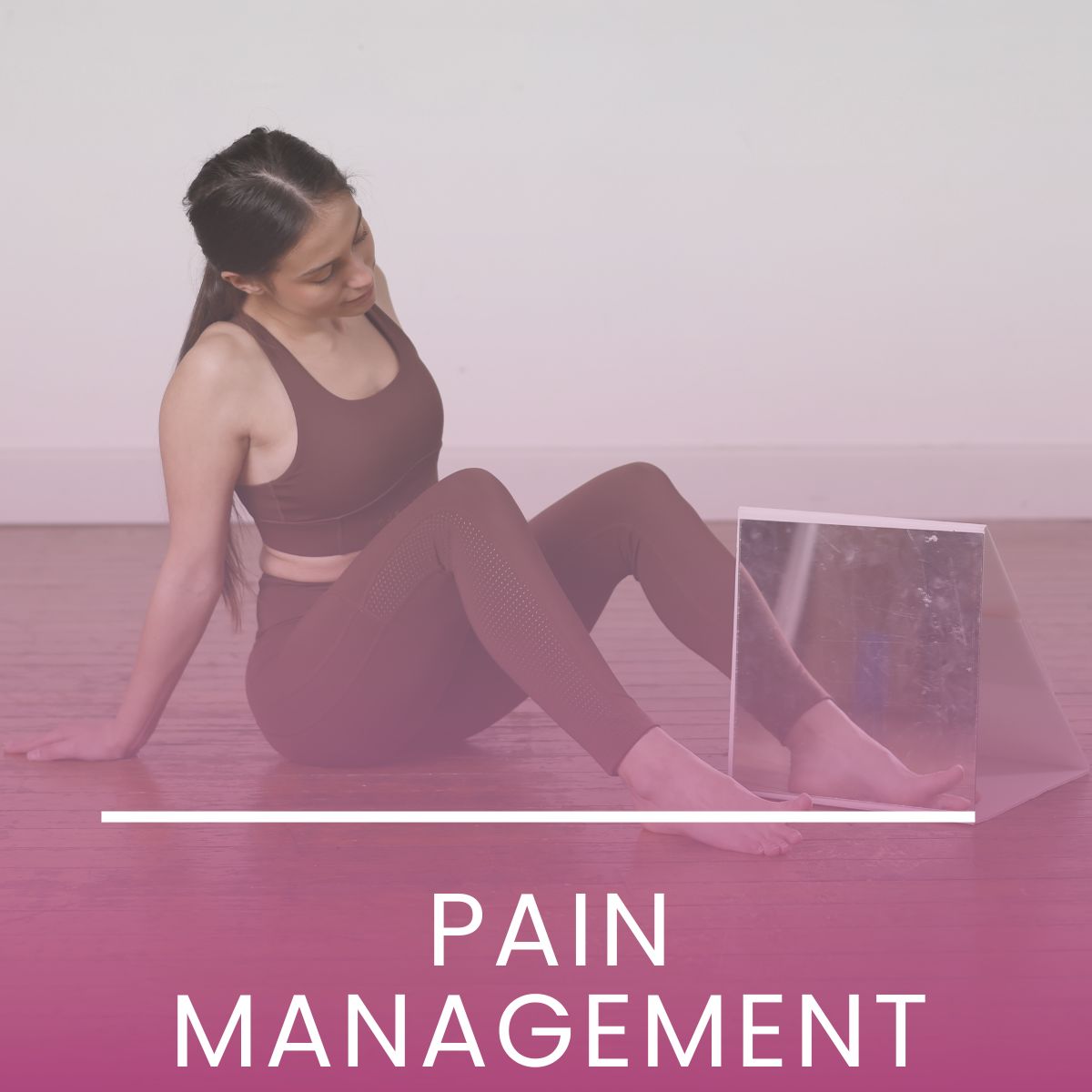
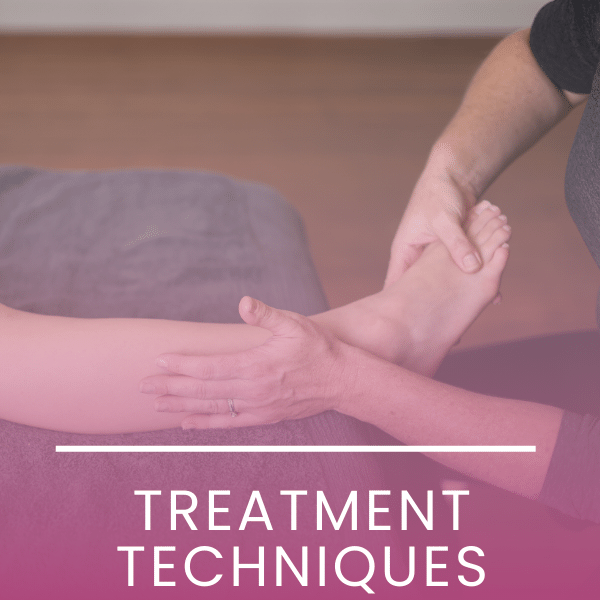
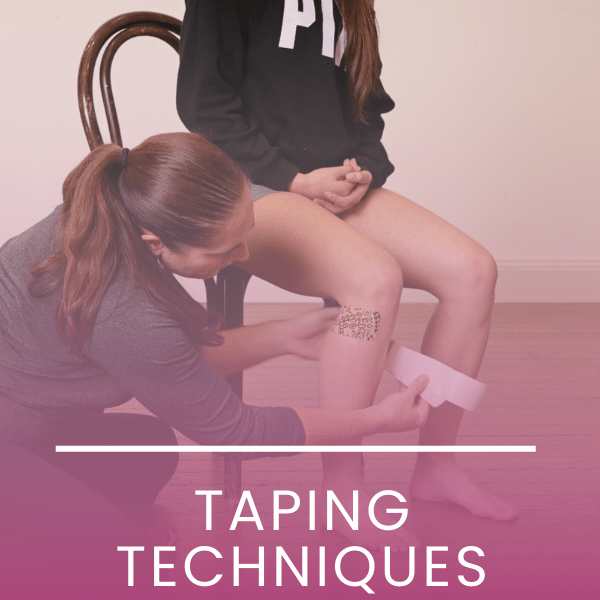
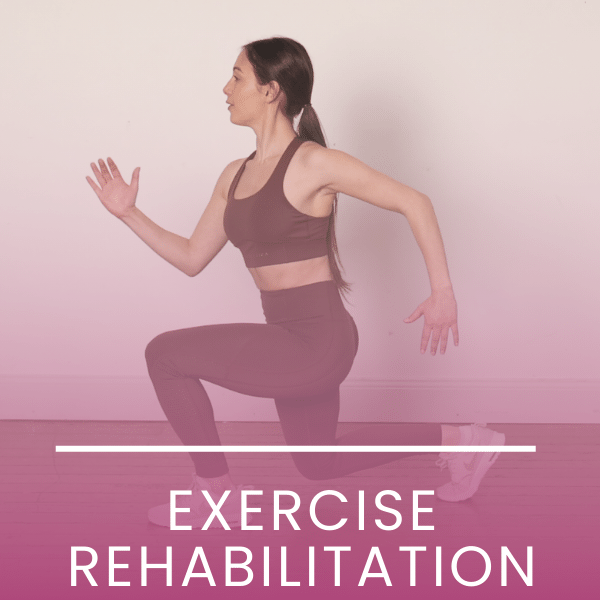
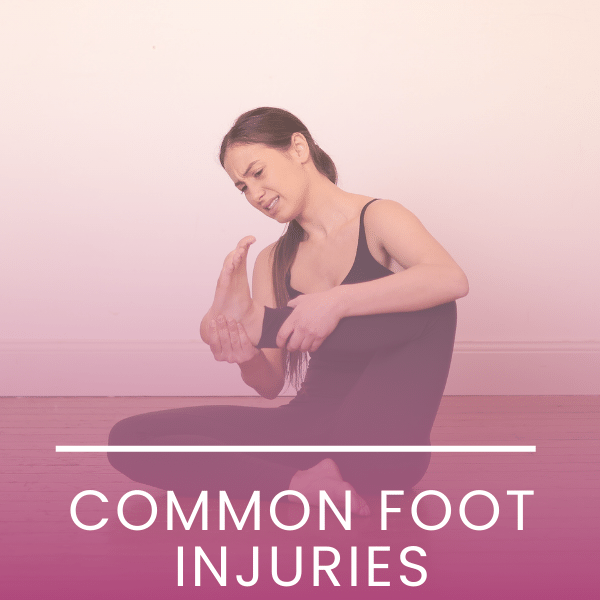
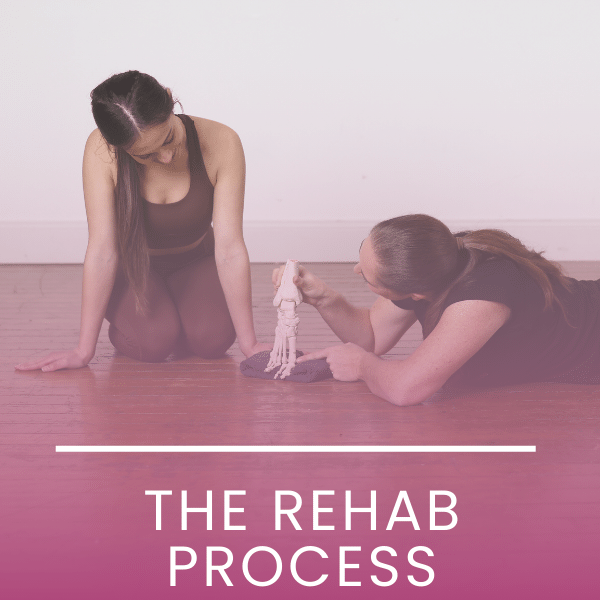
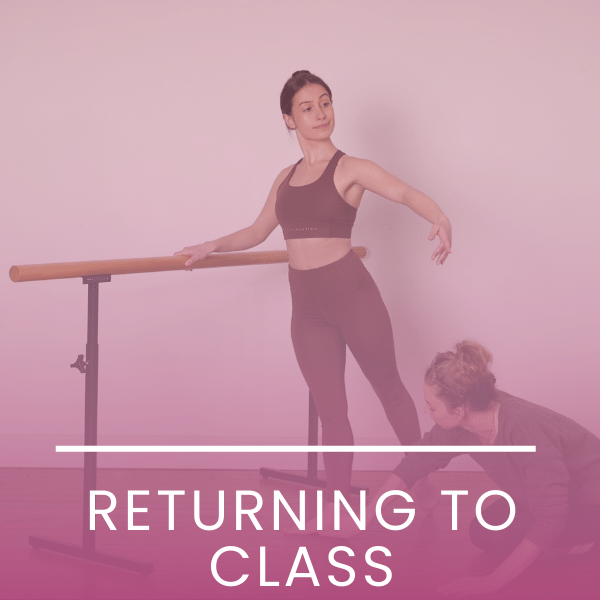
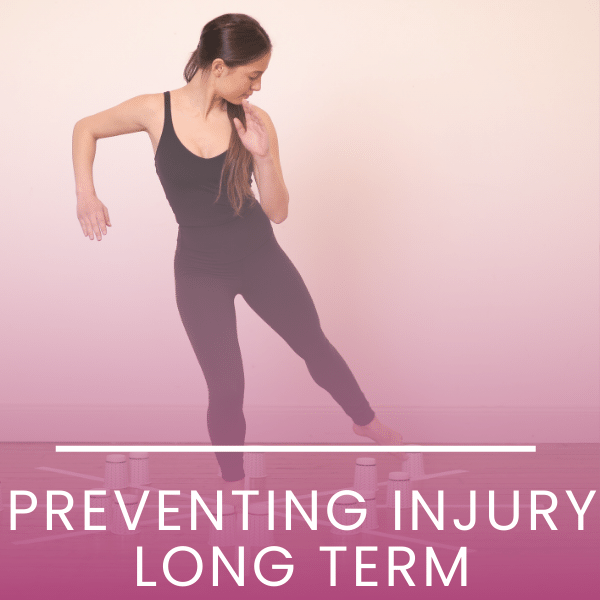
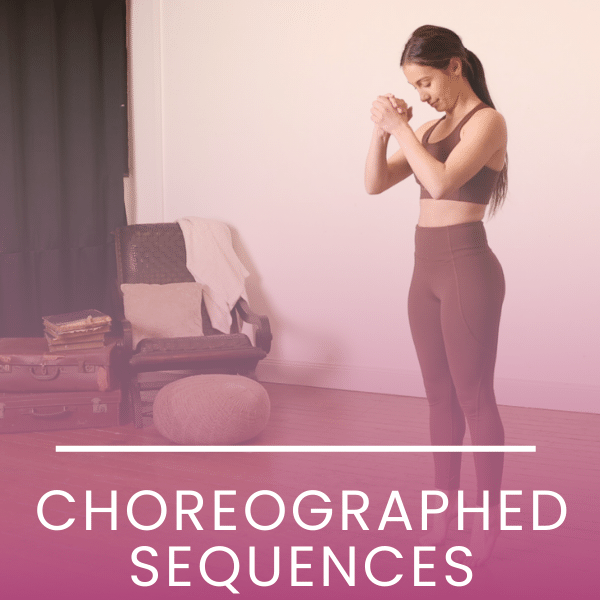
Detailed Description of the Modules in this course
- Understanding how the dancers foot should work in an ideal world is essential in correctly identifying the often minor issues that can lead to recurrent injuries.
- This is a critical part of the process, so we will review and refine the assessment process over the three days, ensuring you leave feeling confident in assessing your dancers feet by the completion of the course.

- The assessment is focused on identifying any alterations of normal function that may be contributing to a dancer's foot or ankle injury.
- Being able to identify these as early as possible can help avoid the development or progression of many injuries, as well as allowing the efficient design of an effective rehab program.
- Routine assessment of non-injured dancers and a focus on optimising foot mechanics is also a perfect way to help prevent injuries in all dancers.
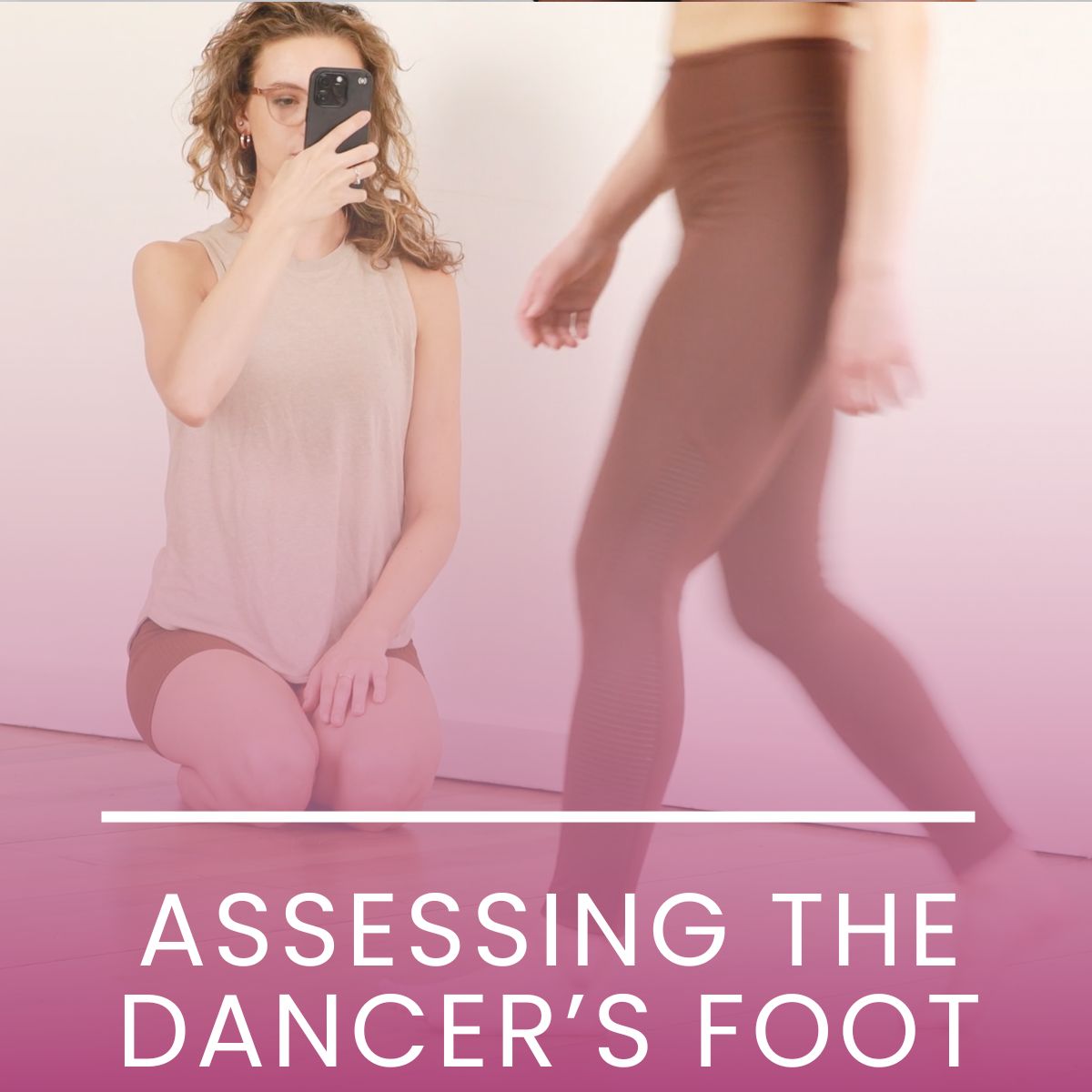
- The assessment is focused on identifying any alterations of normal function that may be contributing to a dancer's foot or ankle injury.
- Being able to identify these as early as possible can help avoid the development or progression of many injuries, as well as allowing the efficient design of an effective rehab program.
- Routine assessment of non-injured dancers and a focus on optimising foot mechanics is also a perfect way to help prevent injuries in all dancers.

- The rehab exercises required for each individual will differ based on the findings in their assessment.
- The prescription of specific exercises needs to be carefully planned in conjunction with a dancer's return to class in order for them to recover as quickly as possible.
- These rehab exercises can also be used with non-injured dancers as part of their ongoing dance conditioning program.

- In this section we look at how deviations from normal can lead to common foot injuries, including:
-
- Lateral Ankle Sprains
- Plantar Fascia Pain
- Severs Disease
- Stress Fractures
- Bunions
- “Shin Splints”
- Tendinopathies
- Pain at the Back of the Ankle
-
- Understanding the anatomy and contributing factors behind each injury allows a much more accurate differential diagnosis and to design a more efficient rehab program.

- This is one of the most crucial stages in managing dancers foot injuries.
- We look at the common pitfalls of returning to class too quickly, along with a 12 stage process to keep dancers engaged during the rehab process.
- A thorough and detailed return to class plan is the key to returning safely to dance and preventing recurrence of the same injury in the future.
- We provide templates that can be customised based on the age and experience of the dancer, as well as their particular set of contributing factors.
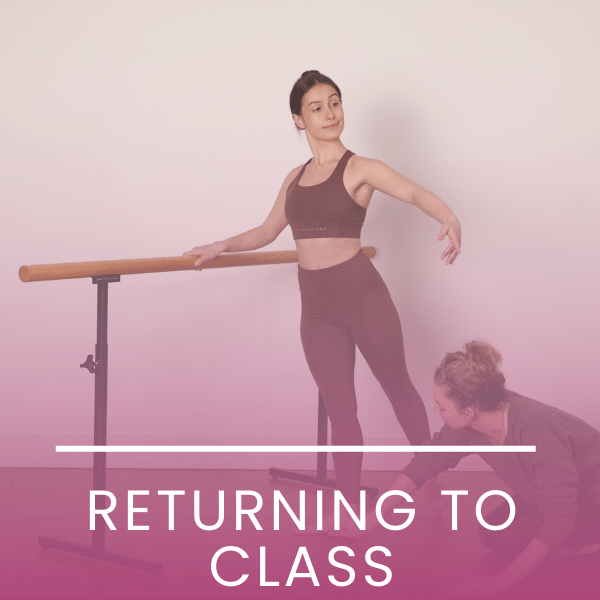
- The ideal scenario is where these injuries are prevented before they even start.
- Regular screening is a must, so we look at ways that this can be done within the studio or clinical environment.
- We look at creative ideas to help busy dancers fit detailed conditioning programs into their schedules, and sample class plans to weave specific conditioning into each levels ongoing training.
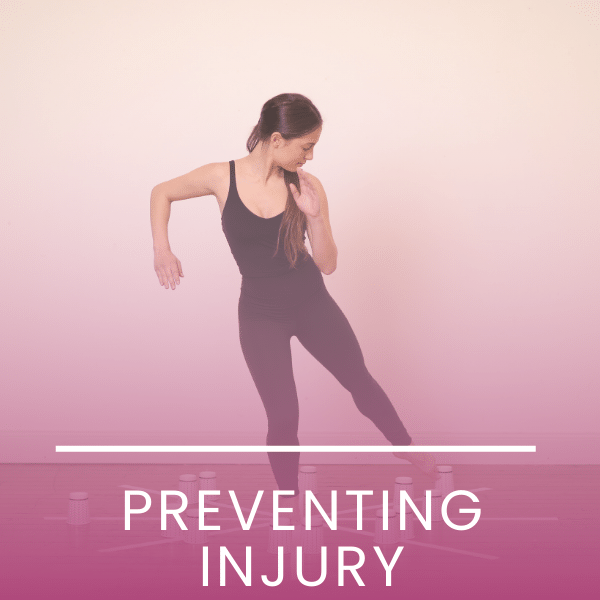
What's Included:
CONTACT HOURS:
-
In-Person: 18 hours of teaching spread over 3 days
-
Online: 24 hours spread over 6 weeks (6 x 4hr sessions)
MATERIALS PROVIDED:
-
You will receive a hard copy of the professionally printed course manual which includes both the theoretical components and practical exercises discussed in the course.
-
Plus, a detailed workshop workbook to document your personal discoveries
ONLINE MEMBERS' AREA:
-
During the workshop will you be given access to the Level Three Foot Injuries Members' Area, giving you lifetime access to hundreds of resources to continue your learning, including:
-
Over 300 pre-recorded videos explaining each test and exercise in detail
-
A variety of different assessment sheets to help different learning styles
-
Downloadable tracking sheets and exercises rehab plans to make implementation of the course content as easy as possible
CEC ACCREDITATION:
-
After the workshop, you will be emailed the CEC Accreditation Application Form, which is designed as an overview of the online course in order for you to appropriately claim CEC credits with your governing body.
-
In-person: 18 hours
-
Online: 24 hours

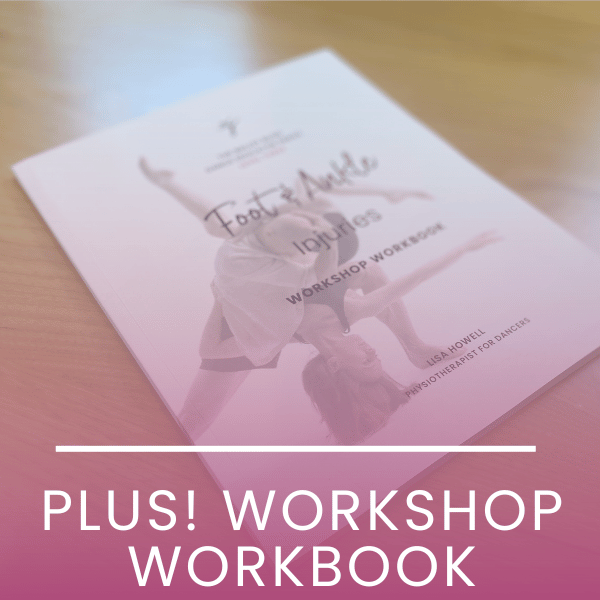

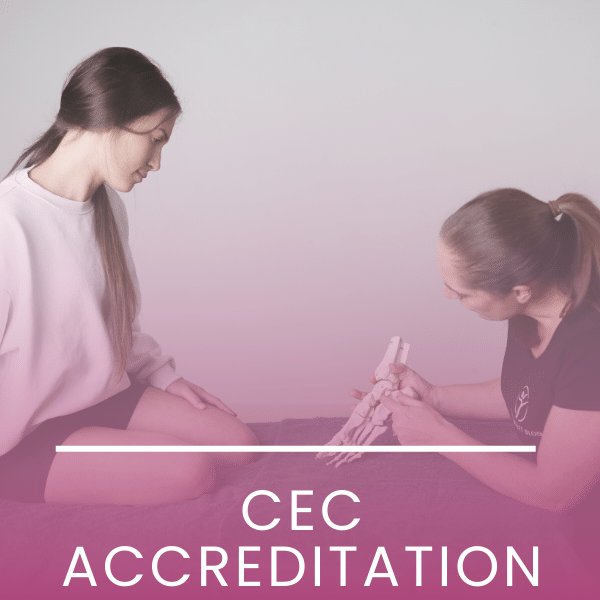
Feedback from Participants:
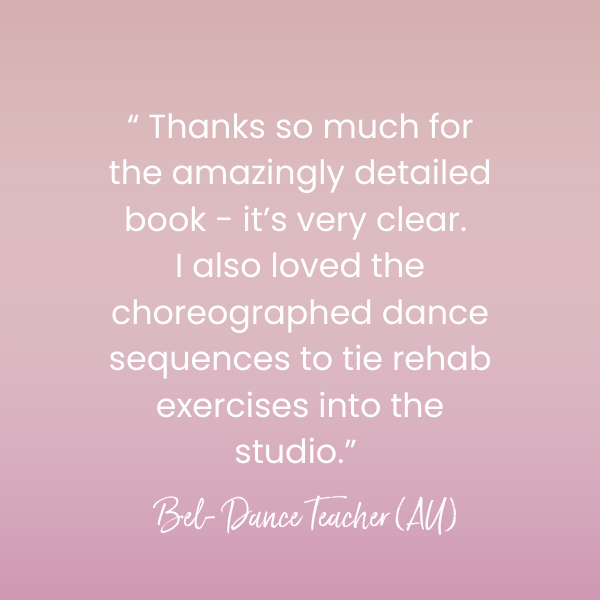
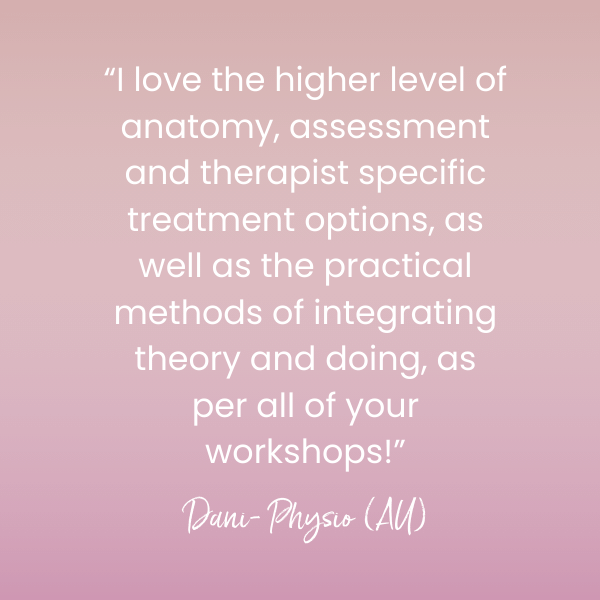

For the latest dates and information on upcoming courses click on the button below or check out the individual listings at the bottom of this page.
JOIN THE BALLET BLOG
to get access to over 100 free articles & 10% off your first order!
We promise not to clutter your inbox - but we will send you our latest tips, videos and promotions.


